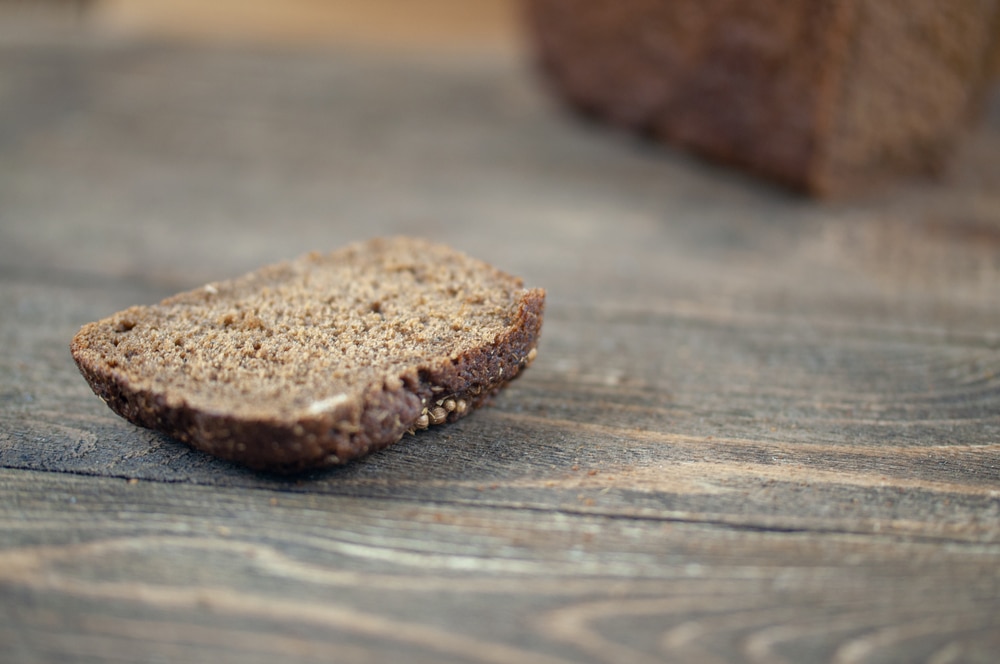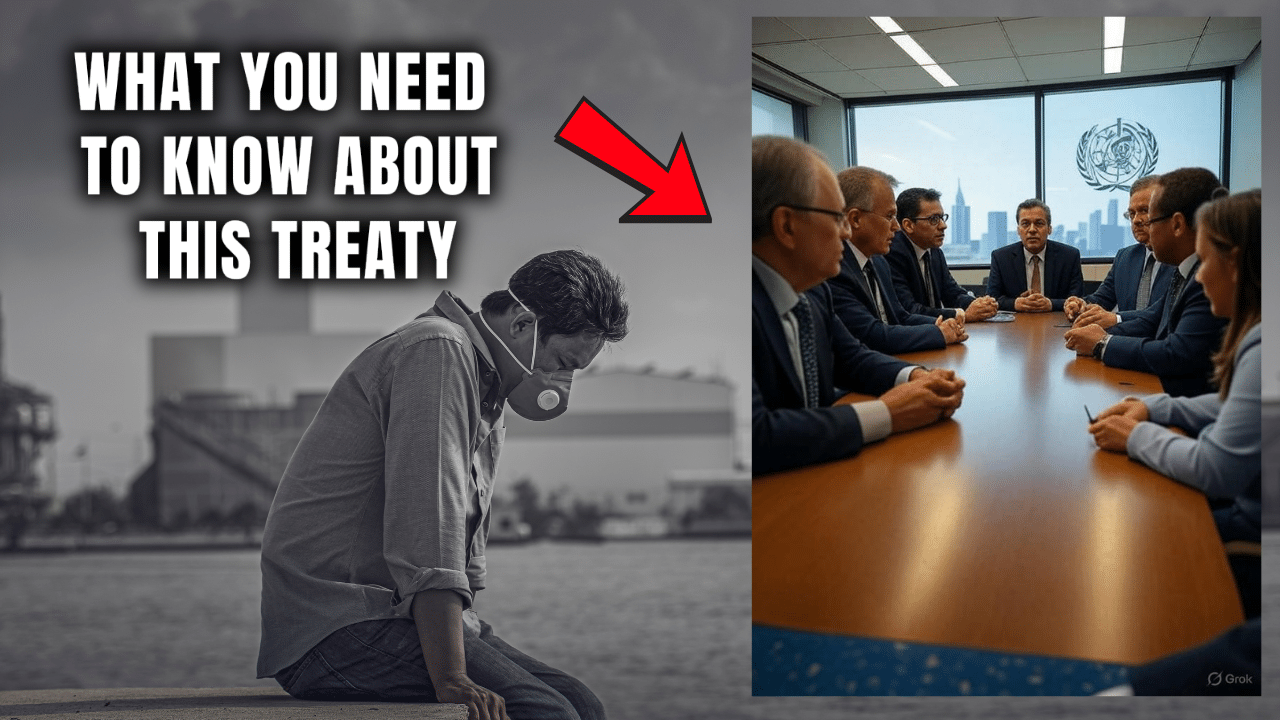Russia’s invasion of one of the world’s leading breadbaskets — Ukraine — is deepening the worst surge in global food prices since the Great Recession, raising the specter that Moscow’s war could spark crisis-level hikes, inflame the scourge of world hunger, and spark political turmoil far from the conflict zone.
Since the Russian assault began, countries from Hungary to Indonesia have moved to bar the door to exports, corralling grains and cooking oils to feed their own and risking a round of trade protectionism that could deepen global supply and price woes. Around the world, food prices were already rising fast amid supply chain disruptions and pandemic-era inflation.
But some prices — especially wheat, a basic source of sustenance in many countries — have shot through the roof because of the Ukraine crisis, upending calculations of the world’s available food supply and leading to the rationing of flour in parts of the Middle East. Together, Ukraine and Russia account for nearly 30 percent of wheat, 17 percent of corn, and over half of sunflower seed oil exports.
The conflict-inducted bottlenecks at Black Sea ports — where cargo vessels have been struck by Russian rockets — and other complications of war have slammed Ukrainian exports. Boycotts of Russian ports by shipping companies and the knock-on effects of sanctions have also disrupted the flow of foods and feeds from Russia — creating problems that could grow as the Kremlin now threatens to impose export controls on some food commodities.
As bad as it is — a key wheat future surged 70 percent over the past month — the situation is poised to get worse. A new report by the Food and Agriculture Organization of the United Nations (FAO) due out Friday estimates food and feed prices could surge 7 percent to 22 percent above already elevated levels due to the war.
In real terms — with prices adjusted for inflation — costs are approaching, but not yet surpassing, the global food crisis of 2007 and 2008, when droughts, the rise of biofuels, and a barrage of trade protectionism merged into the worst food inflation since the Soviet grain crisis of the 1970s.
In the short run, the FAO says, large grower countries — Australia, Argentina, India, and the United States — could make up for a portion of the grain shortfalls from Ukraine and Russia. But important factors could worsen the problem.
If the war halts planting in the rich, black soils of Ukraine, wheat shortages will worsen in the coming months. The FAO’s preliminary assessment is that, due to the war, 20 percent to 30 percent of wheat, corn, and sunflower seed will either not be planted or go unharvested during Ukraine’s 2022-2023 season.










